| |
|
|
Botanical Name |
: |
Brassica napus L. |
English
Name |
: |
Turnip and Indian Rape |
Family |
: |
Brassicaceae |
| |
General Info
| Description |
 |
|
An Annual or biennial, when sown late and flowering the following spring, with slender or stout, hard, long, fusiform tuberous taproot; stems erect, much-branched, up to 1.5 m tall, often purple toward base; leaves glaucous, the lower ones lyrate-pinnatifid or lobed, with petioles 10–30 cm long, glabrous or with a few bristly hairs, upper stem leaves lanceolate, sessile, clasping, more or less entire; flowers pale yellow, 1.2–1.5 cm long, open flowers not overtopping buds of inflorescence; inflorescence much-branched, up to 1 m tall as an elongating raceme; silique 5–11 cm long, 2.5–4 mm wide, with slender beak 0.5–3 mm long. |
| Herb Effects |
 |
|
Emollient, diuretic and anticatarrhal (root); dissolves gall stones (seed oil). |
Chemistry
| Active Ingredients |
 |
|
Alanine, allantoin, arginine, ascorbic acid, aspartic acid, beta-carotene, folacin, glutamic acid, glycine, histidine, isoleucine, leucine, linoleic acid, lycopene, lysine, methionine, mufa, niacin, oleic acid, palmitic acid, pantothenic acid, phenylalanine, PUFA, riboflavin, serine, stearic acid, thiamin, threonine, tryptophan, tyrosine, valine (root); 5-vinyl-2-oxazolidinethione, thioglucosides and thioglucosinolates (seed); brasinolide (oil). |
| Chemistry
of Active Ingredients |
 |
|
|
 |
Name |
CAS# |
IUPAC Name |
Formula |
Structure |
 |
|
| Alanine |
35597-43-4 |
2-[2-[2-amino-4-(hyd
roxy-methyl-phosphor
yl)-butanoyl]aminopr
opanoylami
no]propa
noic acid |
C11H22N3O6P |

|
| Allantoin |
97-59-6 |
(2,5-dioxoimidazolid
in-4-yl)urea |
C4H6N4O3 |
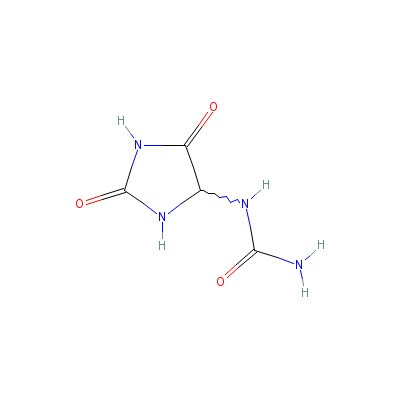
|
| Arginine |
7004-12-8 |
2-amino-5-guanidino-
pentanoic acid |
C6H14N4O2 |
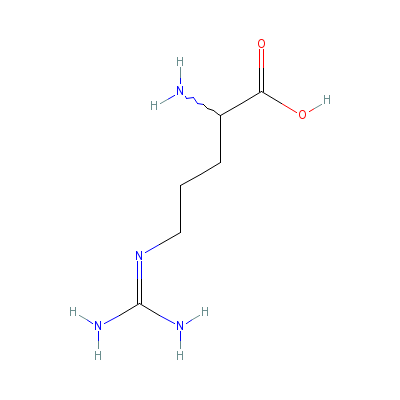
|
| Ascorbic Acid |
Not Available |
2-(1,2-dihydroxyethy
l)-4,5-dihydroxy-fur
an-3-one |
C6H8O6 |

|
| Aspartic acid |
6899-03-2 |
2-aminobutanedioic
acid |
C4H7NO4 |
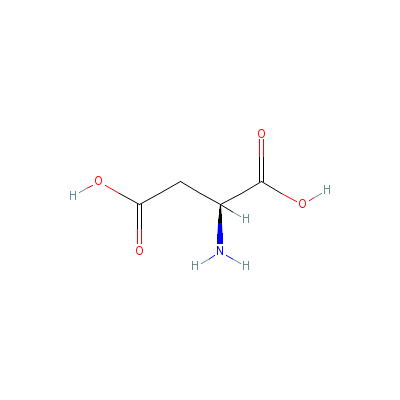
|
| beta-Carotene |
Not Available |
3,7,12,16-tetramethy
l-1,18-bis(2,6,6-tri
methyl-1-cyclohexeny
l)-octadec
a-1,3,5,
7,9,11,13,15,17-nona
ene |
C40H56 |

|
| Folacin |
6484-89-5 |
2-[4-[(2-amino-4-oxo
-1H-pteridin-6-yl)me
thylamino]benzoyl]am
inopentane
dioic
acid |
C19H19N7O6 |
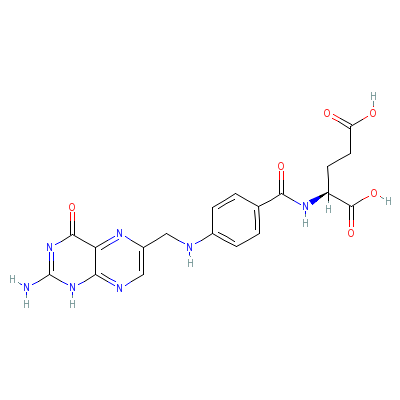
|
| Glutamic acid |
Not Available |
2-aminopentanedioic
acid |
C5H9NO4 |
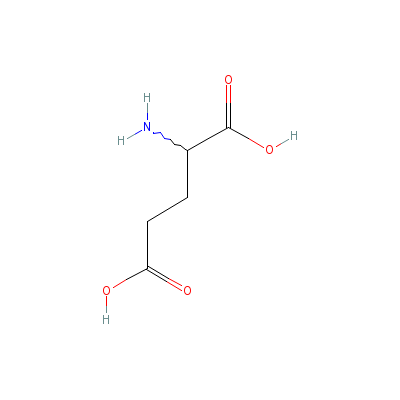
|
| Glycine |
87867-94-5 |
2-aminoacetic acid |
C2H5NO2 |
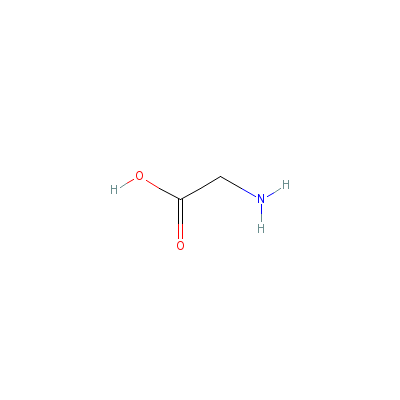
|
| Histidine |
6027-02-7 |
2-amino-3-(3H-imidaz
ol-4-yl)propanoic
acid |
C6H9N3O2 |
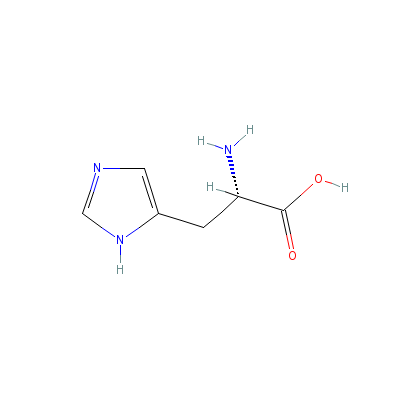
|
| Isoleucine |
319-78-8 |
2-amino-3-methyl-pen
tanoic acid |
C6H13NO2 |
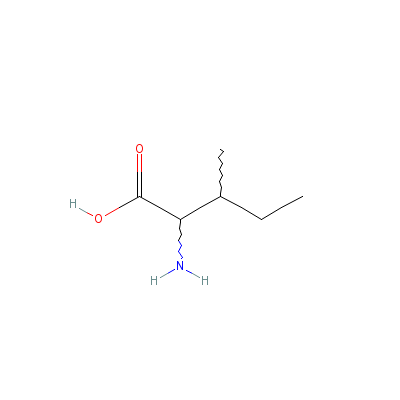
|
| Leucine |
2439-37-4 |
2-dimethylamino-4-me
thyl-pentanoic acid |
C8H17NO2 |
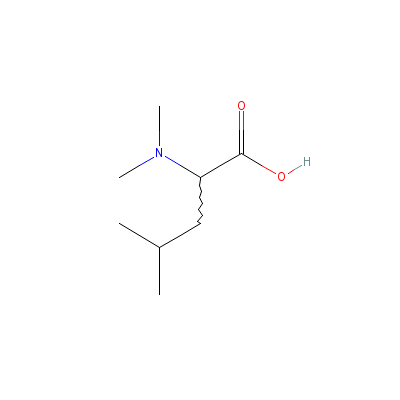
|
| Linoleic acid |
8024-22-4 |
Octadeca-9,12-dienoi
c acid |
C18H32O2 |
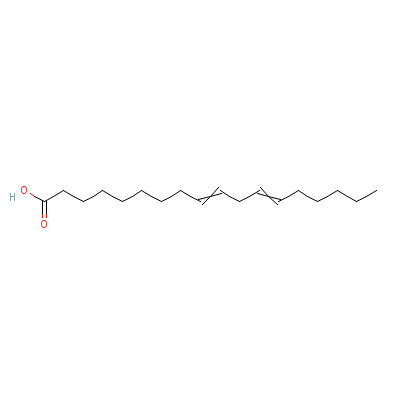
|
| Lysine |
923-27-3 |
2,6-diaminohexanoic
acid |
C6H14N2O2 |
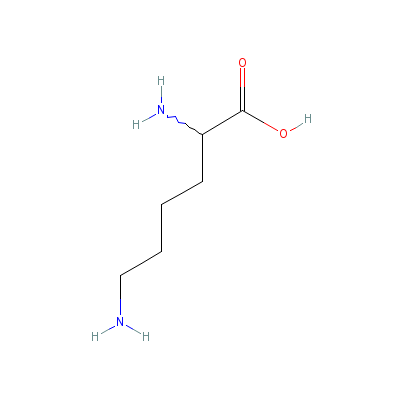
|
| Methionine |
348-67-4 |
2-amino-4-methylsulf
anyl-butanoic acid |
C5H11NO2S |
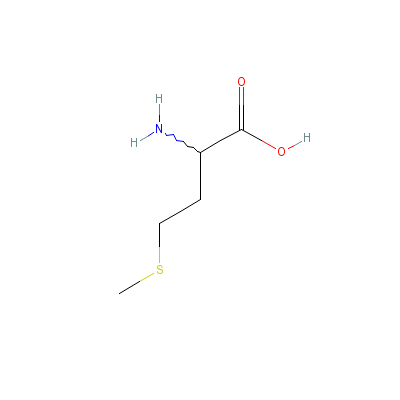
|
| Niacin |
99148-57-9 |
Pyridine-3-carboxyli
c acid |
C6H5NO2 |
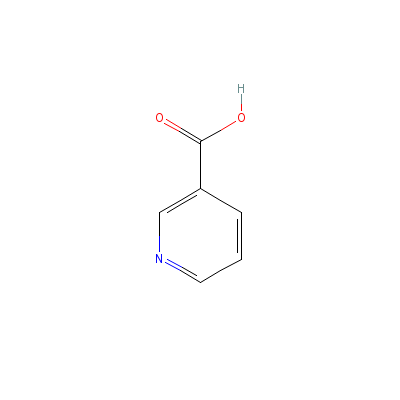
|
| Oleic acid |
8046-01-3 |
octadec-9-enoic acid |
C18H34O2 |
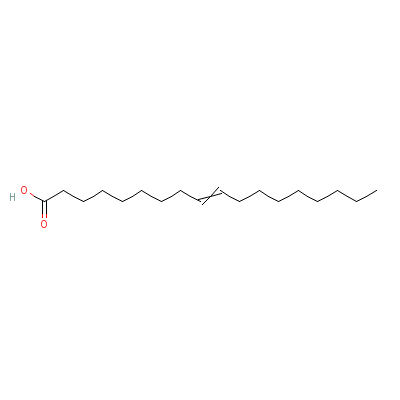
|
| Palmitic acid |
66321-94-6 |
Hexadecanoic acid |
C16H32O2 |
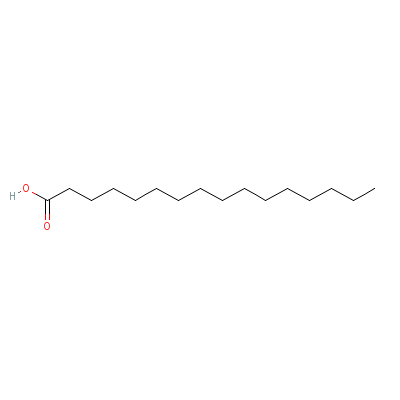
|
| Pantothenic acid |
599-54-2 |
3-[(2,4-dihydroxy-3,
3-dimethyl-butanoyl)
amino]propanoic acid |
C9H17NO5 |

|
| Phenylalanine |
3617-44-5 |
2-amino-3-phenyl-pro
panoic acid |
C9H11NO2 |

|
| Riboflavin |
Not Available |
Not Available |
C17H21N4O9P |
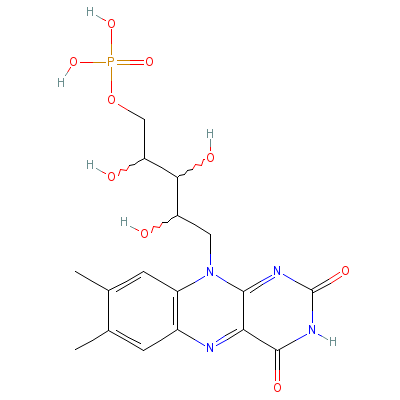
|
| Serine |
6898-95-9 |
2-amino-3-hydroxy-pr
opanoic acid |
C3H7NO3 |

|
| Stearic acid |
82497-27-6 |
octadecanoic acid |
C18H36O2 |

|
| Thiamin |
59-43-8 |
2-[3-[(4-amino-2-met
hyl-pyrimidin-5-yl)m
ethyl]-4-methyl-1-th
ia-3-azoni
acyclope
nta-2,4-dien-5-yl]et
hanol |
C12H17N4OS+ |

|
| Threonine |
632-20-2 |
2-amino-3-hydroxy-bu
tanoic acid |
C4H9NO3 |
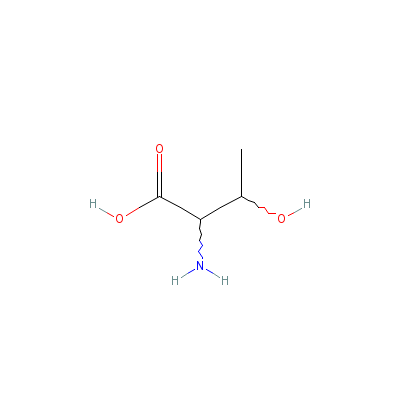
|
| Tryptophan |
80206-30-0 |
2-amino-3-(1H-indol-
3-yl)propanoic acid |
C11H12N2O2 |

|
| Tyrosine |
556-02-5 |
2-amino-3-(4-hydroxy
phenyl)-propanoic
acid |
C9H11NO3 |
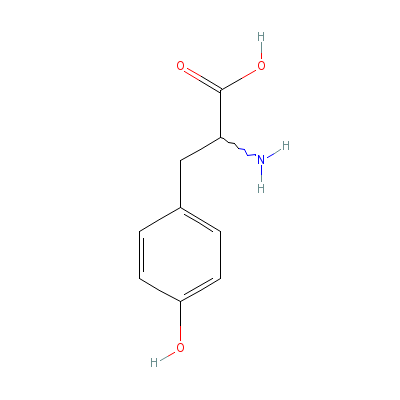
|
| Valine |
7004-03-7 |
2-amino-3-methyl-but
anoic acid |
C5H11NO2 |
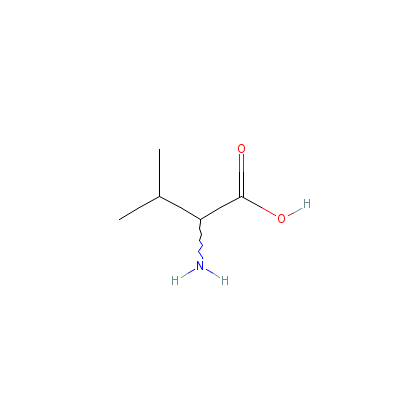
|
|
Pharmacology
| Medicinal Use |
 |
|
In the treatment of chronic coughs and bronchial catarrh (root juice); with camphor for rheumatism and stiff joints; dissolves gall stones (seed oil). It is dropped into the ear to relieve earaches. |
| Contraindication |
 |
|
Seed, containing the goitrogenic L-5-vinyl-2-thiooxazolidone, can produce goiter in animals consuming modest quantities. Rape has been incriminated in several poisoning syndromes, i.e. respiratory, digestive, nervous, and urinary. |
| Reference |
 |
|
 Chandel et al., Biodiversity in Medicinal and Aromatic Plants in India. Chandel et al., Biodiversity in Medicinal and Aromatic Plants in India.
Johnson T. CRC Ethnobotany Desk Reference (www.herbweb.com/herbage). |
Dealers
Products
|
|